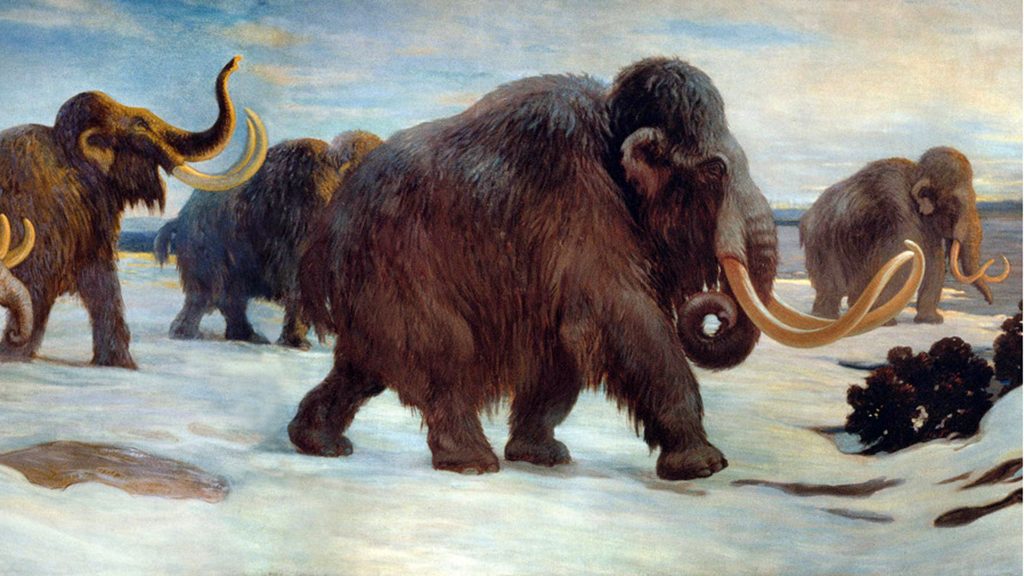Abstract
Woolly mammoths and other cold-adapted animals, such as reindeer and musk ox, developed a number of adaptations that allowed them to survive in frigid environments. These include small ears, thick fur, and even long tusks. Many of these species developed methods that preserve heat in the core and allow legs and feet to cool in the snow. Researchers, however, realized that cold extremities could pose a problem for the delivery of oxygen to the cells of those limbs and began to investigate the differences between the hemoglobin of cold-adapted and warm-adapted mammals. This directed case study examines the difference in hemoglobin structure between humans, Asian elephants, and woolly mammoths to provide insight into one of the important cold adaptations of the woolly mammoth. It was developed for the first semester of a two-semester, upper-level biochemistry sequence and was presented after students had learned the basics of protein structure, allosteric effectors, and human hemoglobin. This case could also be used in a single semester biochemistry course.



